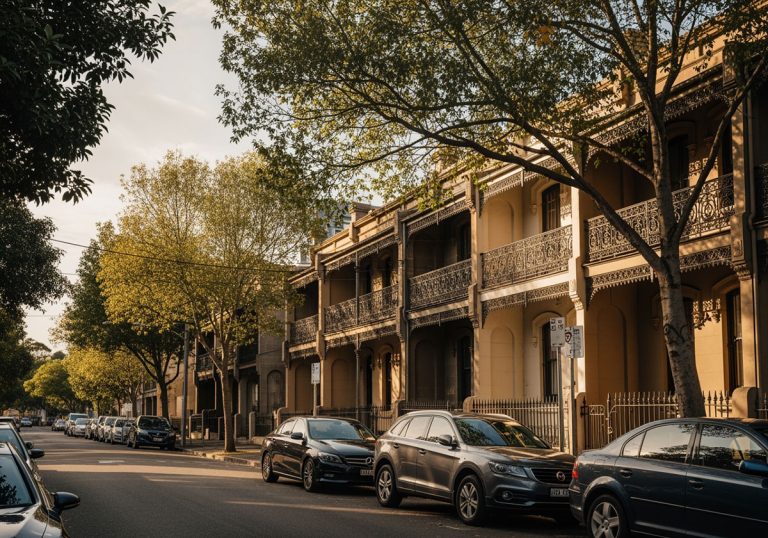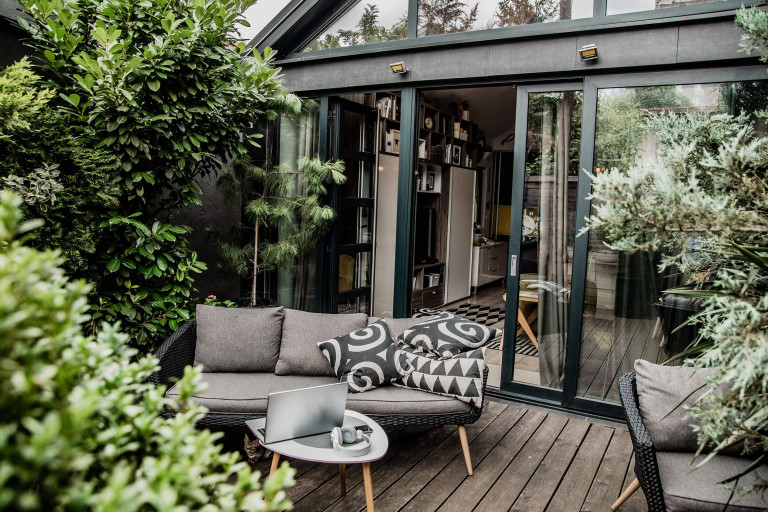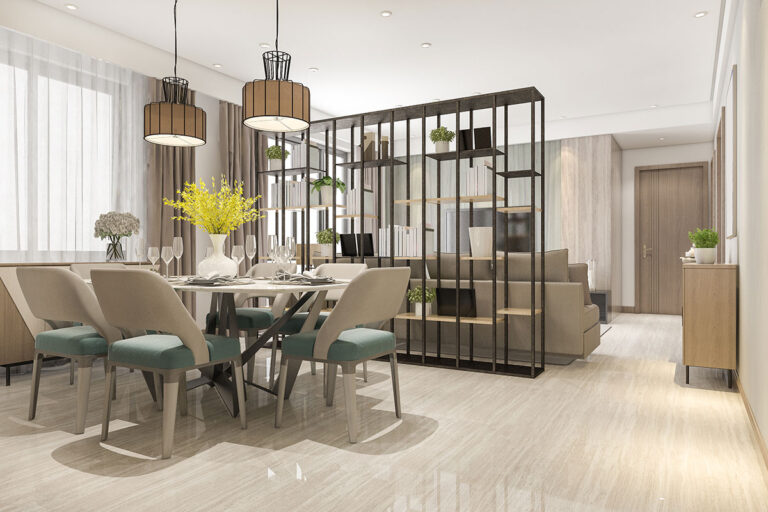As experienced buyers’ agents operating in Sydney’s Inner West and broader metropolitan region, we have observed a marked increase in demand for semi-detached properties among discerning investors and owner-occupiers. This guide provides a comprehensive overview of semi-detached property investment, examining the unique advantages, risk considerations, and strategic factors relevant to Sydney’s dynamic real estate market.
What Is a Semi-Detached Property?
A semi-detached property consists of two distinct dwellings that share a single adjoining wall, often referred to as the ‘party wall’. Each residence is separately titled and typically offers its own entrance, private outdoor space, and independent utilities. This configuration delivers a balance between the privacy of a detached home and the affordability of higher-density housing. Older houses are typically referred to as semis (short for semi-detached) whereas new builds are commonly known as duplexes (although a duplex could also be one dwelling on top of another).
Key Advantages of Semi-Detached Investment
Affordability and Value for Money
Semi-detached properties generally command a lower purchase price than detached houses, whilst offering more space and independence than apartments, townhouses or fully attached houses (generally known as terraces). This makes semis particularly attractive to first-time buyers, families, and investors seeking to maximise value within established suburbs.
Rental Income Potential
Some semi-detached homes in Sydney feature layouts that allow for the creation of secondary rental units, such as self-contained basements or studios with separate entrances. This flexibility enables investors to generate supplementary rental income, offsetting mortgage repayments and enhancing overall returns. In high-demand areas, strong rental yields and low vacancy rates further support the investment case.
Energy Efficiency and Cost Savings
The shared wall between dwellings can actually reduce heating and cooling costs, improving energy efficiency and lowering ongoing expenses for both owner-occupiers and tenants. This sustainable design aspect aligns with the preferences of environmentally conscious buyers.
Shared Maintenance and Lower Upkeep Costs
Owners of semi-detached properties often benefit from shared responsibility for maintenance of the party wall and certain external elements, which can result in lower individual upkeep costs compared to detached homes. This arrangement can be particularly advantageous when managing major repairs or renovations.
Long-Term Capital Growth
Demand for semi-detached homes in Sydney’s established suburbs remains robust, with recent semi-detached sales in areas such as Rose Bay and Queens Park achieving record prices. Their enduring popularity among upgraders, downsizers, and families underpins stable long-term capital appreciation.
Risk Considerations and Challenges
Noise and Privacy
Whilst semi-detached homes offer more privacy than apartments or townhouses, the shared wall can result in noise transfer between dwellings, particularly in older properties lacking modern insulation. Prospective buyers should assess the quality of soundproofing and consider the lifestyle of adjoining neighbours.
Shared Responsibilities and Potential Disputes
Maintenance of the party wall and external facades requires coordination with the neighbouring owner. Disagreements can arise regarding repair costs, alterations, or aesthetic choices, potentially leading to inconvenience or disputes. A Party Wall Agreement may be necessary to define responsibilities and prevent misunderstandings.
Insurance and Regulatory Compliance
Comprehensive property insurance is essential, as incidents affecting one dwelling (such as fire or water damage) may impact the adjoining property. Local zoning laws and building codes govern renovations, extensions, and the use of secondary dwellings, requiring careful due diligence prior to purchase or development.
Limitations on Alterations and Expansion
Significant alterations or exensions that affect the shared wall typically require neighbour consent and council approval, which can limit flexibility for investors seeking to add value through redevelopment.
Market Trends and Outlook
Semi-detached properties are experiencing heightened demand in Sydney’s competitive market, driven by shifting buyer preferences for affordability, flexibility, and proximity to amenities. Recent market data indicates steady price growth and strong rental demand, particularly in premium locations and family-oriented suburbs. Their appeal is further enhanced by the trend towards sustainable living and efficient land use in urban environments.
Strategic Investment Considerations
- Location: Target established suburbs with proven capital growth, strong rental demand, and access to transport, schools, and lifestyle amenities.
- Property Condition: Assess the quality and integrity of the shared wall, soundproofing, and potential for creating secondary rental units.
- Legal and Regulatory Compliance: Ensure all alterations, extensions, and rental arrangements comply with local planning regulations and building codes.
- Neighbour Relations: Engage with adjoining owners to establish clear agreements regarding maintenance and shared responsibilities.
Conclusion
Semi-detached property investment offers a compelling blend of affordability, capital growth, and rental income potential for Sydney buyers. As experienced buyers’ agents, we provide expert guidance on identifying, acquiring, and managing semi-detached investments tailored to your financial objectives. Contact us to discuss current opportunities and how we can support your property investment journey.
For personalised advice on semi-detached property investment in Sydney, please contact Buyer’s Domain—your trusted buyer’s agent in the Inner West and beyond.



